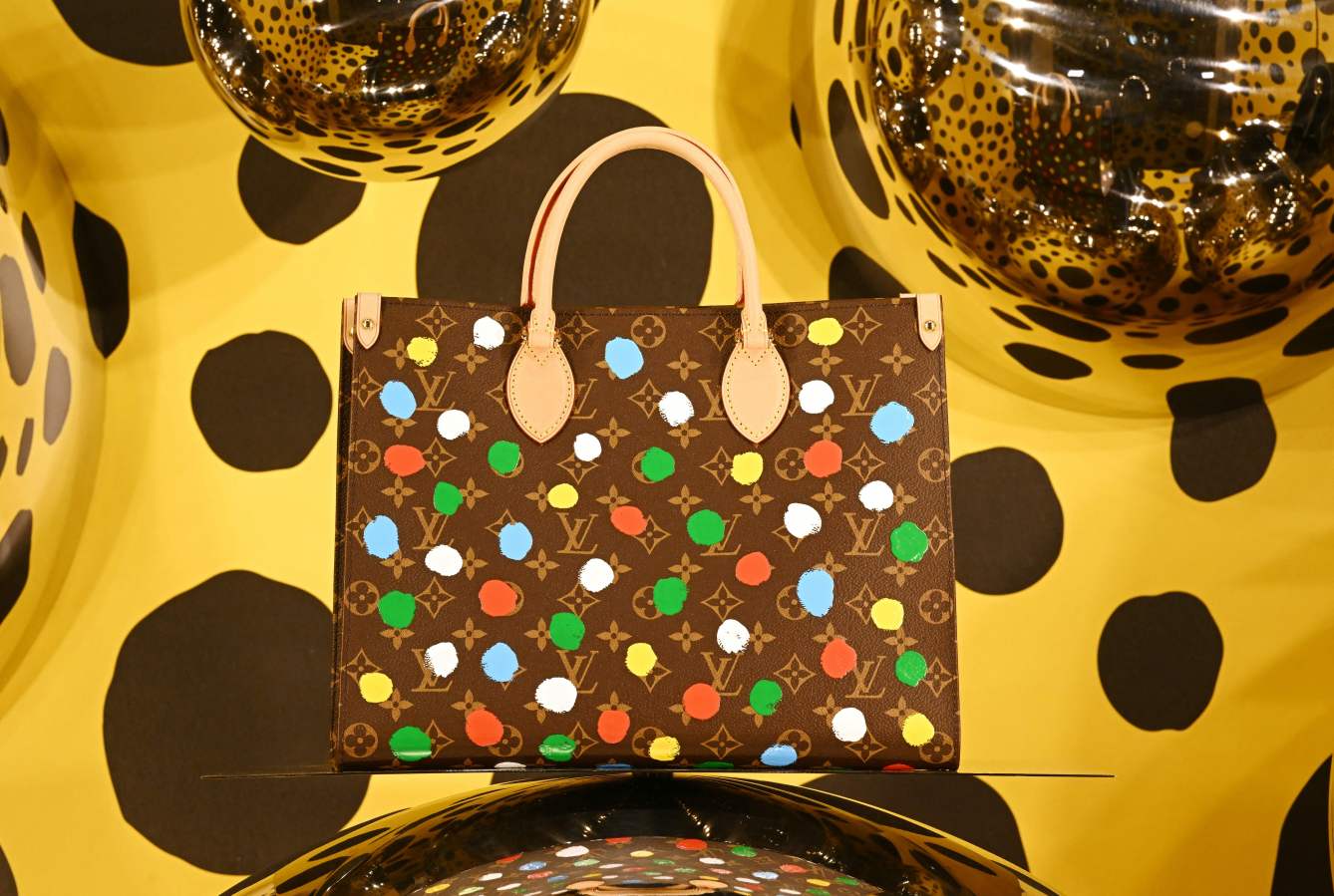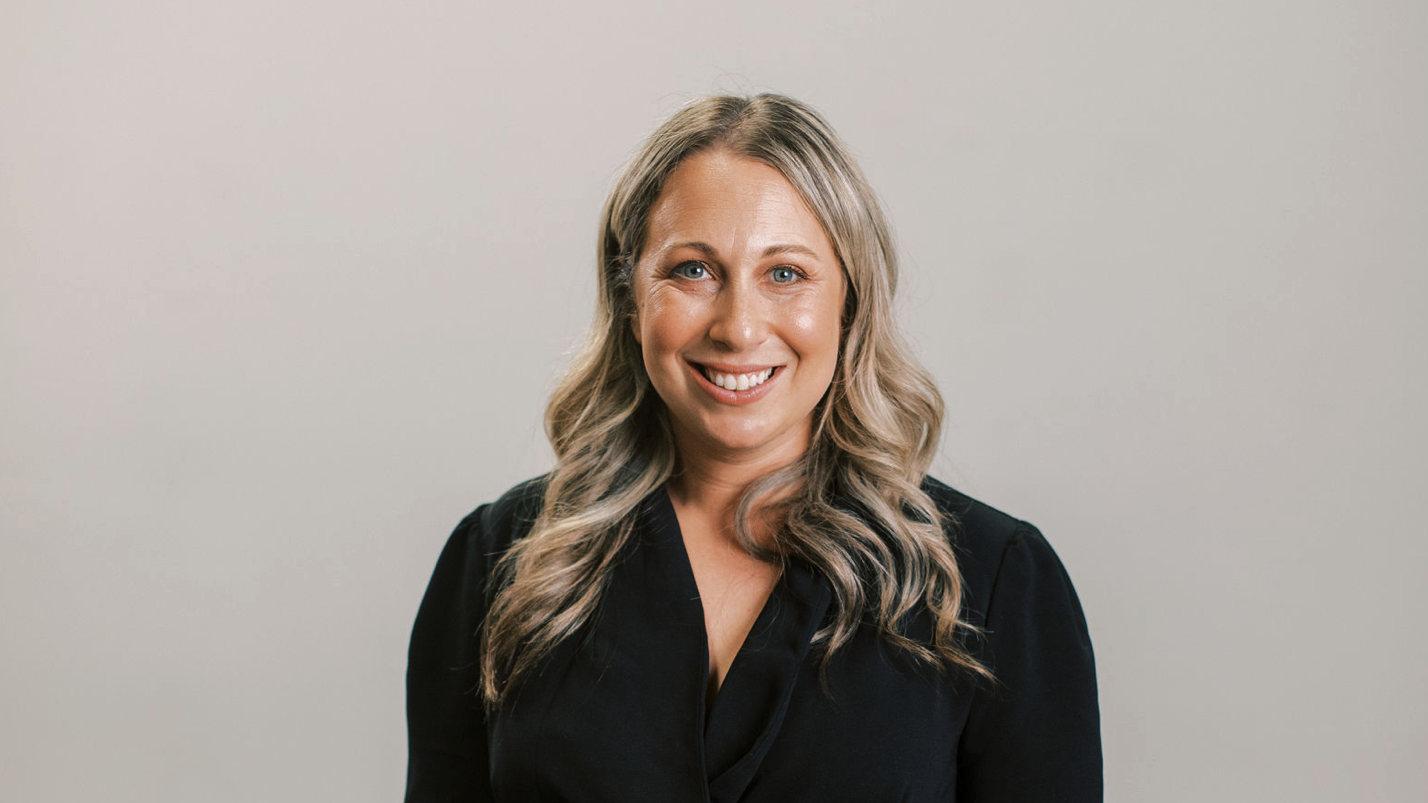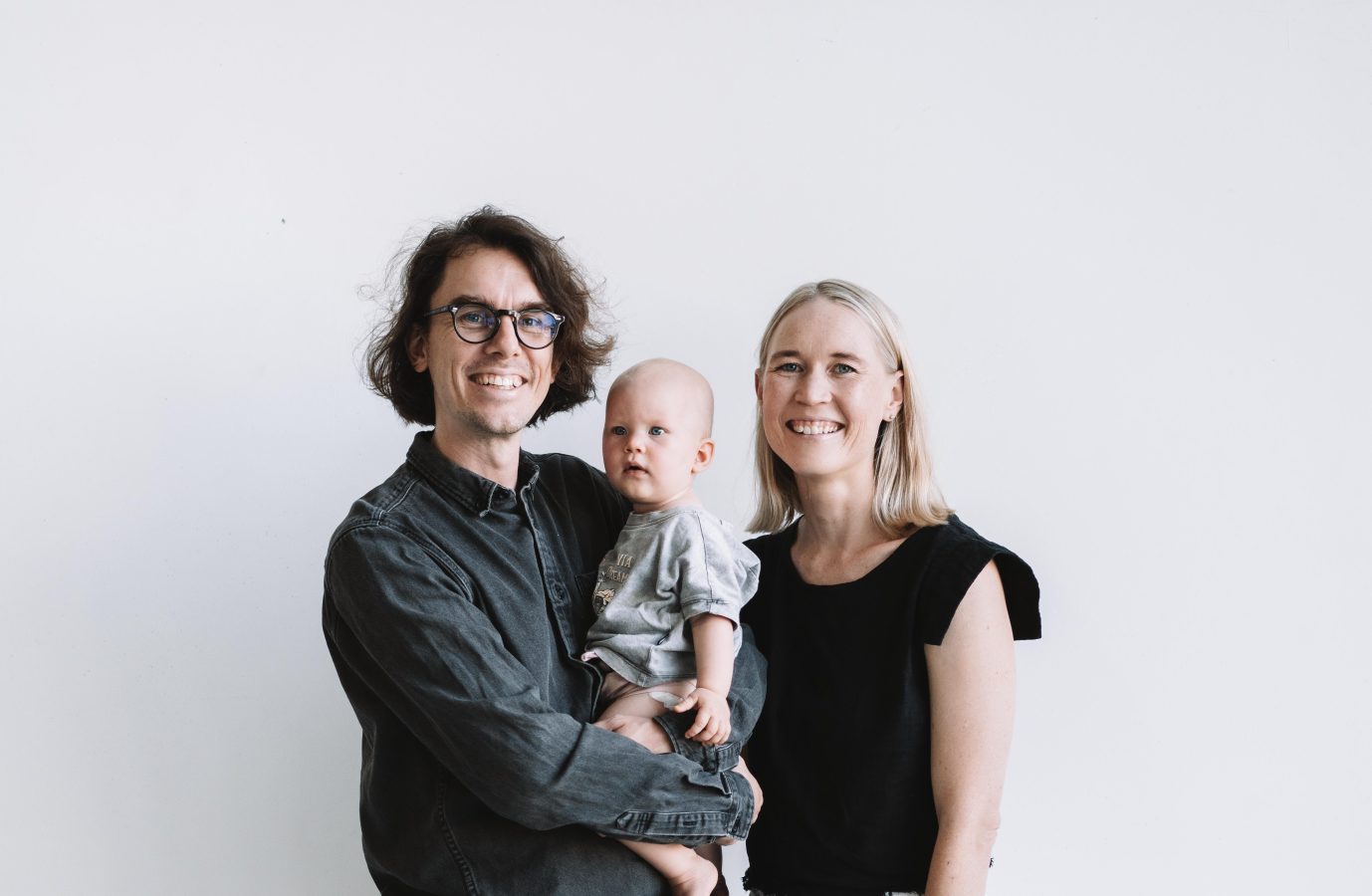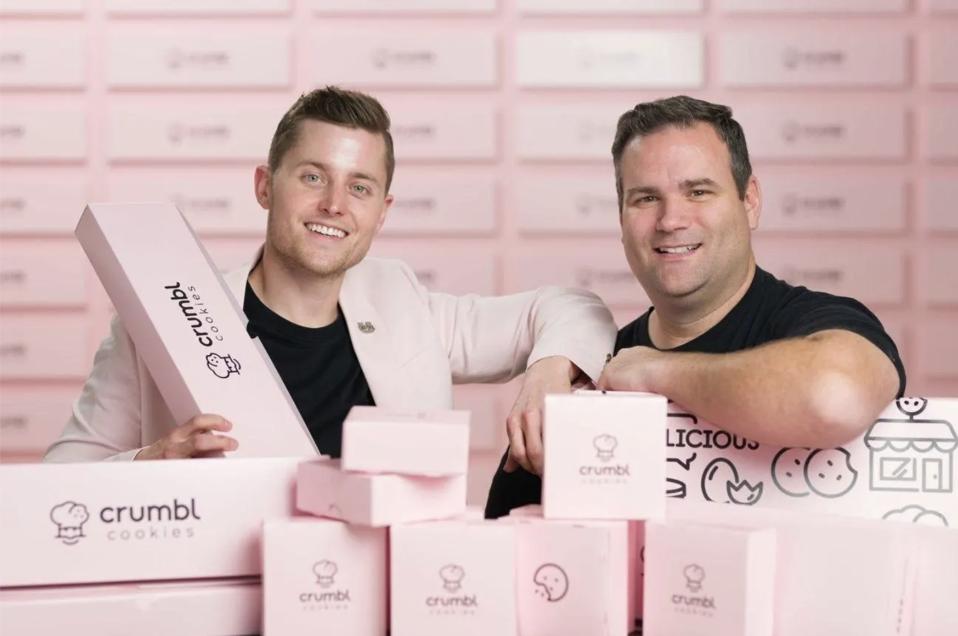Bikini maker Rebecca Klodinsky learnt that diamonds aren’t forever, so she started making her own jewels.
When Rebecca Klodinsky couldn’t find the bikini she really wanted, she put on her backpack, went to Indonesia and found a factory that would make it for her.
Thus was born her label Frankii – now rebranded as IIXIIST – an apparent favourite of the likes of celebrities such as Kylie Jenner, Rihanna and Hailey Bieber. All unpaid insists Klodinsky.
When she and her partner, former AFL player Lachie Henderson, (pictured above) started talking about tying the knot in 2020, Klodinsky was stuck between a rock and an even harder place.
She’d been engaged before with the full girls-best-friend palaver – a diamond ring insured for $160,000. But with the new relationship going so well, she decided to sell it. “I wanted to get rid of all my old energy. Just cleanse everything out,” Klodinsky says.
She took the ring to the jeweller who’d sold it to her and couldn’t believe what she was told: that it was now worth just $15,000.
“I looked at her, ‘Are you joking?’ And she said, ‘No’. She was a friend, and she went through the whole thing with me: diamond inflation, the purchase price, the market price, the actual value of the stones.”
Klodinsky walked out with the ring still in her handbag and a load “information and ammunition” in her head.
“I never wanted to place Lachie in a position where he was going out to buy a diamond knowing what I knew now and having him taken advantage of because he’s the type of guy that would just go to the ends of the earth for me and do it right and do it big.”
She started Googling about diamonds and the De Beers monopoly, which has only recently faded under competition from Russian, Canadian and Australian diamonds.
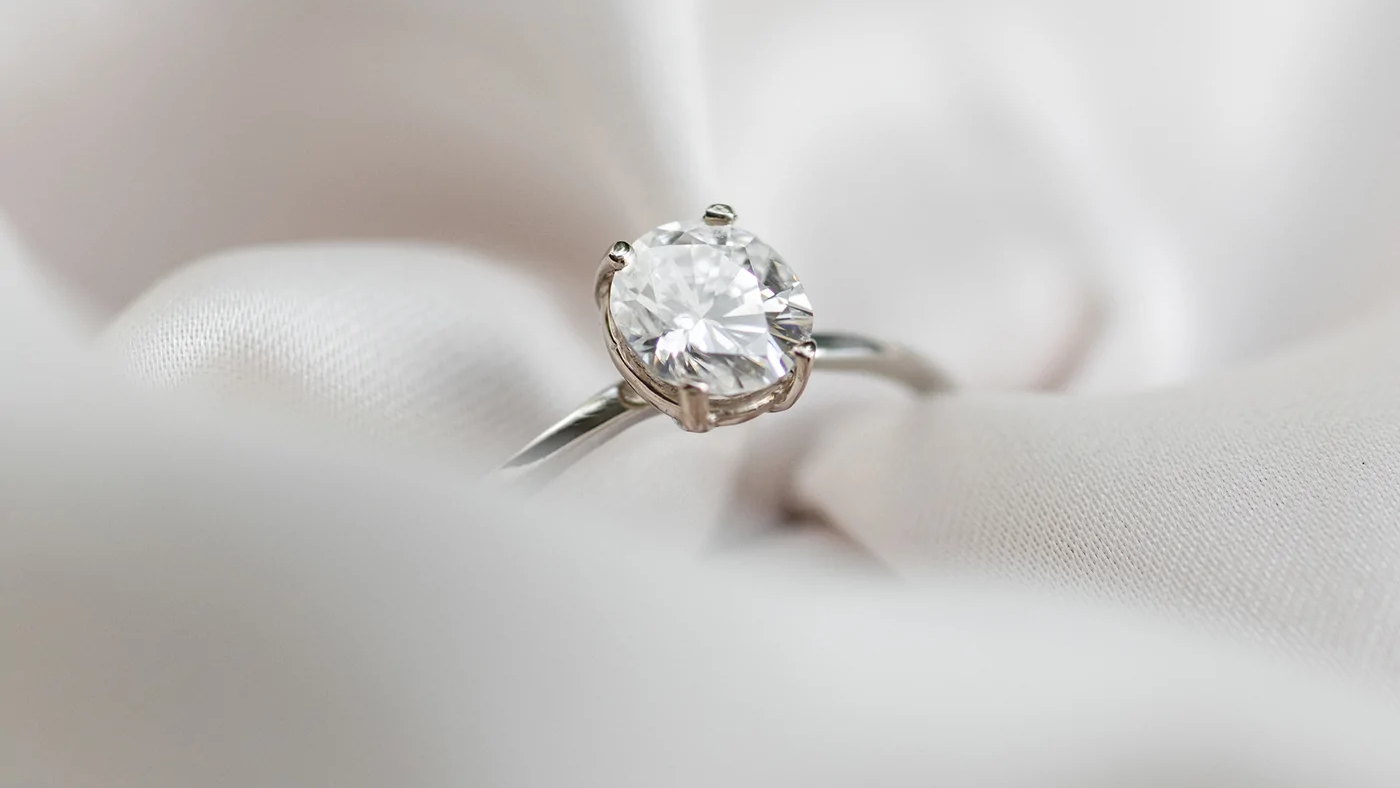
When she started reading about lab-grown diamonds she realised they were the answer – no questions about labour practices, no spilling mine tailings, no “blood diamonds”. She put on her metaphorical backpack again and went looking for a factory that would make diamonds for her.
While man-made diamonds have been a thing since the 1950s, it was only around 2015 that they reached a sufficient quality to be made into jewellery. They were more expensive than mined diamonds then, but the price has since tumbled as supply has risen and they’re now about a tenth of the price for medium-sized stones. The differential grows as the stones get bigger. Lab-grown diamonds are linear in price-to-size ratio whereas mined diamonds grow exponentially in price as they get bigger.
High-end jewellers, including Tiffany & Co, still refuse to sell them.
Lab-grown diamonds are created using extreme pressure and heat inside a machine rather than deep in the Earth’s crust, and have the same chemical and optical characteristics as mined diamonds. In 2022, a size record was set with a 16-carat gem-quality lab-grown cut diamond.
Steve Richards, CEO and founder of Australian Diamond Wholesale Brokers, remembers being at the annual Las Vegas jewellery show in 2015 when he first heard about them. ‘They weren’t very good back then,” he says.
But he made some contacts, found some manufacturers in India and started importing them in 2020 through his Collins St, Melbourne, headquarters. “I took a punt and took a couple on, sold them. Took a couple more on. Sold them. Now I think they’re the greatest thing since sliced bread.”
He describes a mined diamond market undergoing huge disruption. “The majority of suppliers are now Indian,” he says. “I’m talking the big players. They used to all come from Israel, through Antwerp and New York. But now it’s Mumbai. Because of India’s great cutting skills and cheap labour, most of the big boys, mined or lab-grown, get all their stuff cut in India.”
Even De Beers have started making and selling lab-grown diamonds under its Lightbox brand.
Richards now sells the manmade product under the Eco Lab Diamonds label.
“I believe they’re the future of the gemstone world. I sell probably 60/40 now, lab-grown to mined. You need pretty sophisticated machinery to tell the difference. You and me looking with our naked eye or with a diamond tester, we wouldn’t have a clue.”
Because the market is so new, he’s only bought back two lab-made diamonds that he’d previously sold to someone. “They haven’t had the time to break up yet.”
And he’s got a warning for anyone in the market. “Never buy a diamond thinking you’re going to make money because you never will. You buy it for love, and that’s pretty well it.
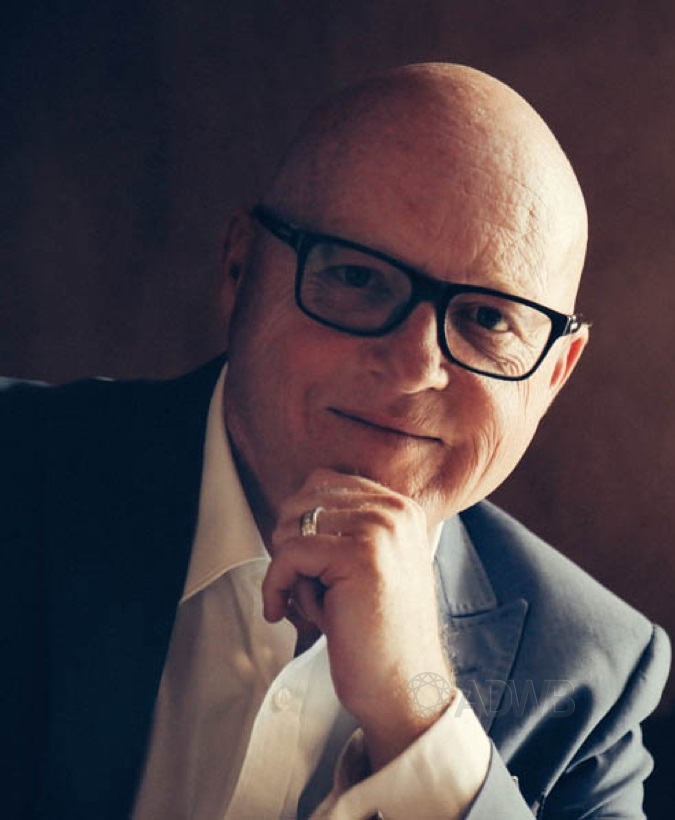
“The resale value of any diamond is virtually zero, whether it’s mined or lab.” He gives the example of a $13,000 one-carat mined diamond having a resale value of, say, $4000, so you lose $9000. An identical lab-grown diamond would cost about $1400 and have a resale value of a few hundred so you’d lose about $1000.
“The bigger you go, the bigger the gap becomes. And they’re 100% identical. Hence, lab-grown are going to put mined diamonds out of business.
“I said to my missus, ‘If we got married now, there’d be no way you’d get a mined diamond. No way in the world.’ I think they’re a huge waste of money. Huge waste.”
Which is where Rebecca Klodinsky was back in 2020. Through her IIXIIST associates in the US, she was able to find a manufacturer in the States and formed a partnership with them to produce her own lab-grown diamond range, Prestwick Place, in mid-2021.
Related content
“I knew Instagram and e-commerce, but I didn’t know how we were going to do this. But I thought, ‘You know what, it’s just transparency.’ A lot of brands are very cagey with the specs of the jewellery, prices, and it leaves you to have to inquire with them and give them your information.
“I thought I’m just going to post on Instagram. I’m just going to post lifestyle photos. With nice shoes and bags and show how you can wear jewellery at this price point and be on the same level as a mined diamond. And sharing the information about them too. ‘This is what it is. This is why it’s better than mined diamonds.’”
Together with Henderson, she has grown Prestwick Place to a staff of seven and have now opened a bricks and mortar shop in Byron Bay.
What’s it like having a retired AFL star in a jewellery shop?
“Lachie keeps it all going. Because it’s madness here. If there’s an issue he’ll fix it. He is very logical and calm, and he makes things a lot nicer, I want to say, because I’m very blunt, to the point and I don’t really fuck around. So he sort of balances everything out. Now I don’t have to talk to anybody … they’ll just go straight to Lachie which is great.”
And what ring did he get her?
A four-carat rock from Prestwick Place, which, going by their website, would set you back less than $8000.


